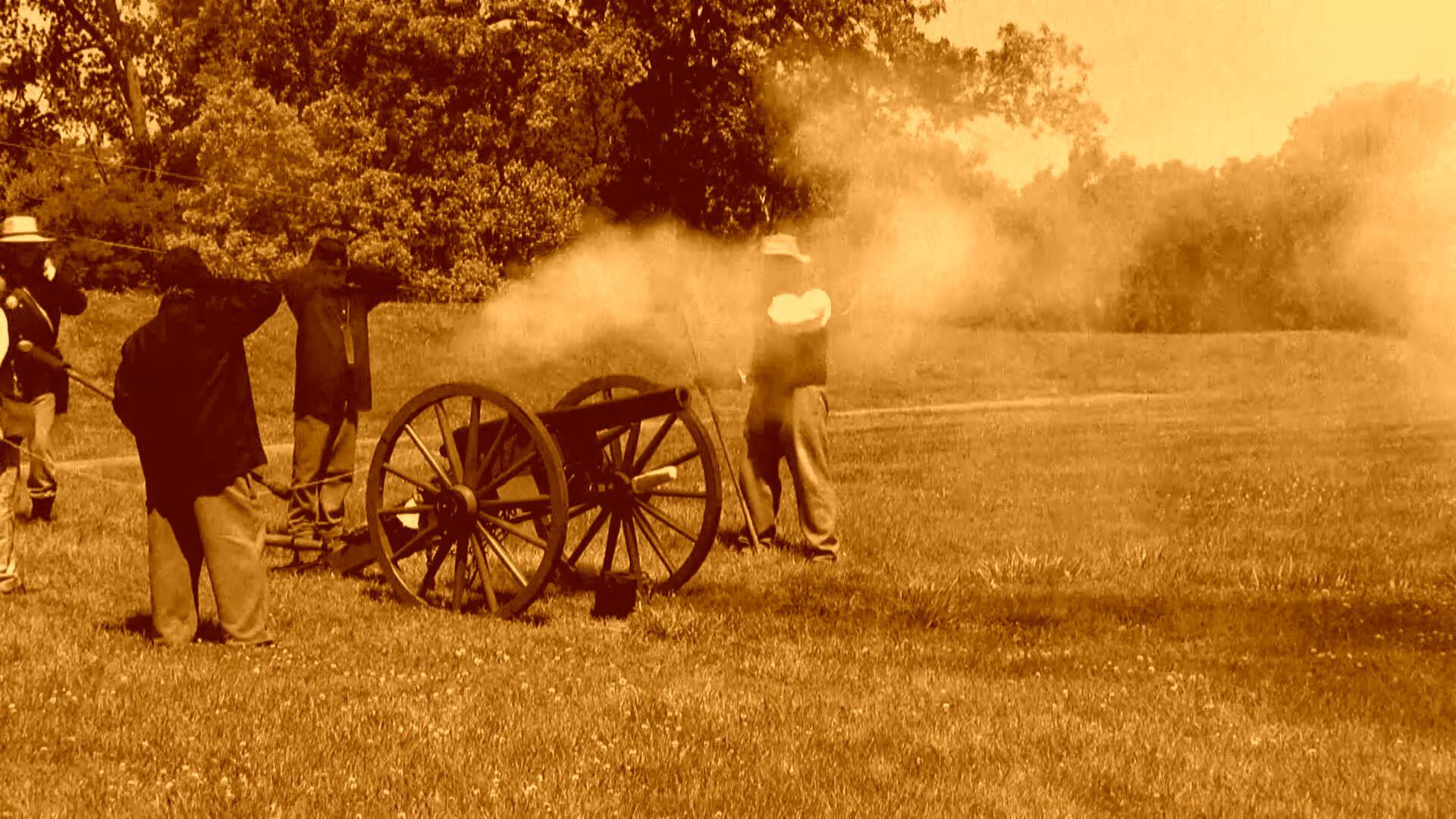The Civil War Battle of Cape Girardeau: A Forgotten Conflict
On April 26, 1863, a significant event in the American Civil War took place near what is now Capaha Park in Cape Girardeau, Missouri. This battle, known as the Battle of Cape Girardeau, remains a lesser-known chapter in the broader narrative of the war. Despite its historical significance, many details about this engagement remain unclear, including the exact number of participants and casualties.
Dr. Adam Criblez, Chair of the History Department at Southeast Missouri State University, has studied this event extensively. According to him, the full scope of the battle is still uncertain. While there are accounts of the conflict, definitive records of how many soldiers were involved or how many were injured or killed are not available. This lack of clarity adds to the mystery surrounding the battle.
At the time, Cape Girardeau was under the command of Brigadier General John McNiel, who led Union forces in the region. It was the southernmost Union-held city in the area, making it a strategic location. Confederate forces, led by Brigadier General John Marmaduke, launched a raid into Missouri from Arkansas. Their goal was to disrupt Union operations and potentially expand Confederate control further north.
Brigadier General McNiel was ordered to evacuate Cape Girardeau and move his forces to Pilot Knob, a more defensible position. However, he did not follow through with this directive, which left the city vulnerable. Dr. Criblez explains that in the spring of 1863, the Confederate situation appeared promising, and McNiel was worried about losing Cape Girardeau. If the city fell, it could have opened the door for a Confederate invasion of St. Louis, a major Union stronghold.
In preparation for the impending attack, women and children were evacuated from Cape Girardeau by steamboat. Once this was done, the two sides engaged in battle. Confederate cavalry charges were met with strong responses from Union artillery. After a series of intense confrontations, General Marmaduke decided to retreat.
However, Dr. Criblez notes that neither side truly claimed a decisive victory. The battle ended without a clear resolution, leaving both sides in a state of uncertainty. Despite this, the battle is often considered a Union win due to its long-term implications. After the confrontation between McNiel and Marmaduke, Missouri remained largely free from major conflict for the rest of the war.
This outcome had significant consequences for the region. The preservation of Union control in Missouri helped maintain the balance of power in the western theater of the war. It also reinforced the importance of key cities like Cape Girardeau, which served as critical points of defense and supply.
While the Battle of Cape Girardeau may not be as well-documented as other major Civil War engagements, it played an important role in shaping the course of the war in Missouri. Its legacy continues to be studied by historians, offering valuable insights into the complexities of military strategy and the impact of smaller battles on larger conflicts.
Understanding events like this helps provide a more complete picture of the Civil War, highlighting how even less-known skirmishes could influence the broader narrative of the conflict. As research continues, more details about the Battle of Cape Girardeau may come to light, shedding new light on this pivotal moment in American history.







